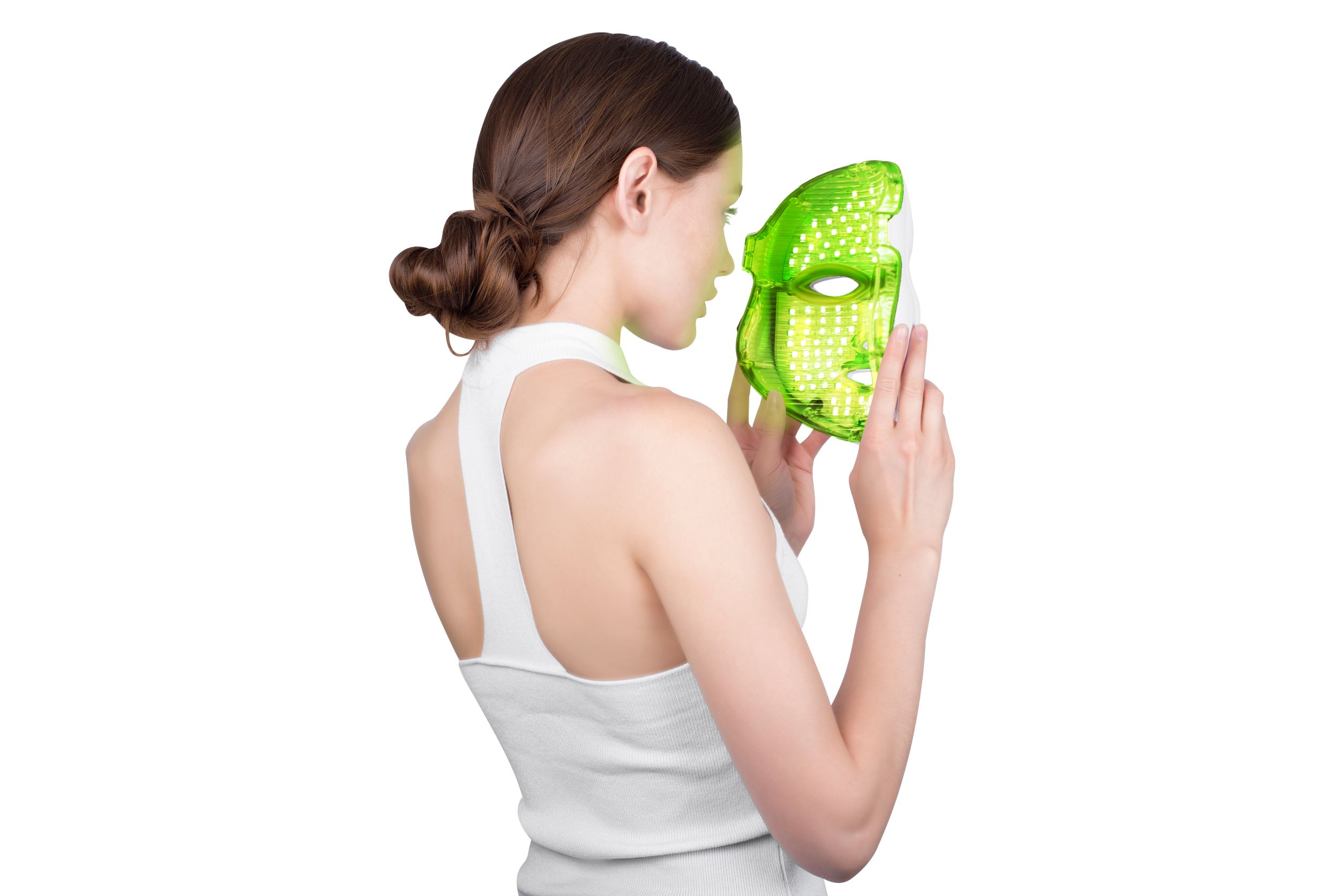
The continuous advancement of technology has contributed greatly to the beauty industry. Today, you can find many sophisticated in-office devices in beauty clinics, and for those who like DIY, there are tons of at-home beauty devices for you to try. To name a few, there are facial toning device, facial wand, mist steamer, facial cleansing brush and laser hair removal equipment. In this article, you will learn about light-emitting diode (LED) mask, a cool and trendy facial device that may be the next must-have in your beauty arsenal.
What is a LED mask and how does it works?
Different from traditional masks, LED masks are equipped with tiny bulbs to emit light of various wavelengths that can be beneficial to multiple skin problems. This device brings the light therapy equipment we’ve always seen at beauty clinics to every home. With a price ranging from 100 – 2000 USD, a LED mask can be quite expensive and you need to know if that is worth spending your money on.
The first thing we need to understand is LED light therapy. Originally, it was a NASA technology designed to heal wounds and reduce inflammation for astronauts. LED can treat the skin in a deeper level than topical skincare products because light can travel into deeper layers of skin tissues. LED masks use different wavelengths of light to produce different responses from the skin cells which absorb the light energy.

Some of the benefits of LED masks
The benefits of LED masks are categorized by different wavelengths of light:
Red or infrared light can “energizes” your skin cells and stimulates them to produce collagen and elastin fibers, which are essential components for smoother skin and less wrinkles. Red LED light can also quell inflammation and reduce redness as a result. It is generally used for anti-aging purpose.
Blue light targets the sebaceous glands which controls oil production on your skin. It is believed that blue LED light can make these oil glands less active and at the same time kill acne-causing bacteria, therefore helpful in treating acnes.
According to new researches, green light is shown to be beneficial for treating hyperpigmentation by targeting melanocytes and breaking down melanin clusters. However, the scientific evidences for green light therapy are not as strong as red and blue light, so you may want to have more research support before investing in a LED mask with green light.

Any side effects of using LED masks?
LED light is a non-invasive therapy that doesn’t use ultraviolent light. Only visible light with low energy is used, and seldom does it involves medicine or drug, so in fact it is very safe. The only concern of using a LED mask is eye damage, especially for people who have a history of photosensitive seizures or are taking photosensitizing medications. If eye damage is a concern to you, always wear eye protection like blackout googles to shield your eyes during a LED light therapy session.
When using at-home LED masks, pay attention to the guidelines of the products. Keep each treatment within the exposure time limit (usually around 20-30 minutes) and use it only several times a week. Stop using the mask if you experience redness or any other signs of allergy and seek professional opinions after such experiences.
How long does it take to see noticeable results?
Light therapy takes time to show visible results and since at-home devices are less powerful than in-office equipment, so patience is needed if you choose to DIY. Generally speaking, it may take more than a month before there is any noticeable improvements, and you need to be consistent and diligent in-between to see the effects. Anyway, using a LED mask is far more convenient and economical than visiting a beauty clinic regularly, and it is a relaxing and enjoyable activity that can give a boost to your outlook.


